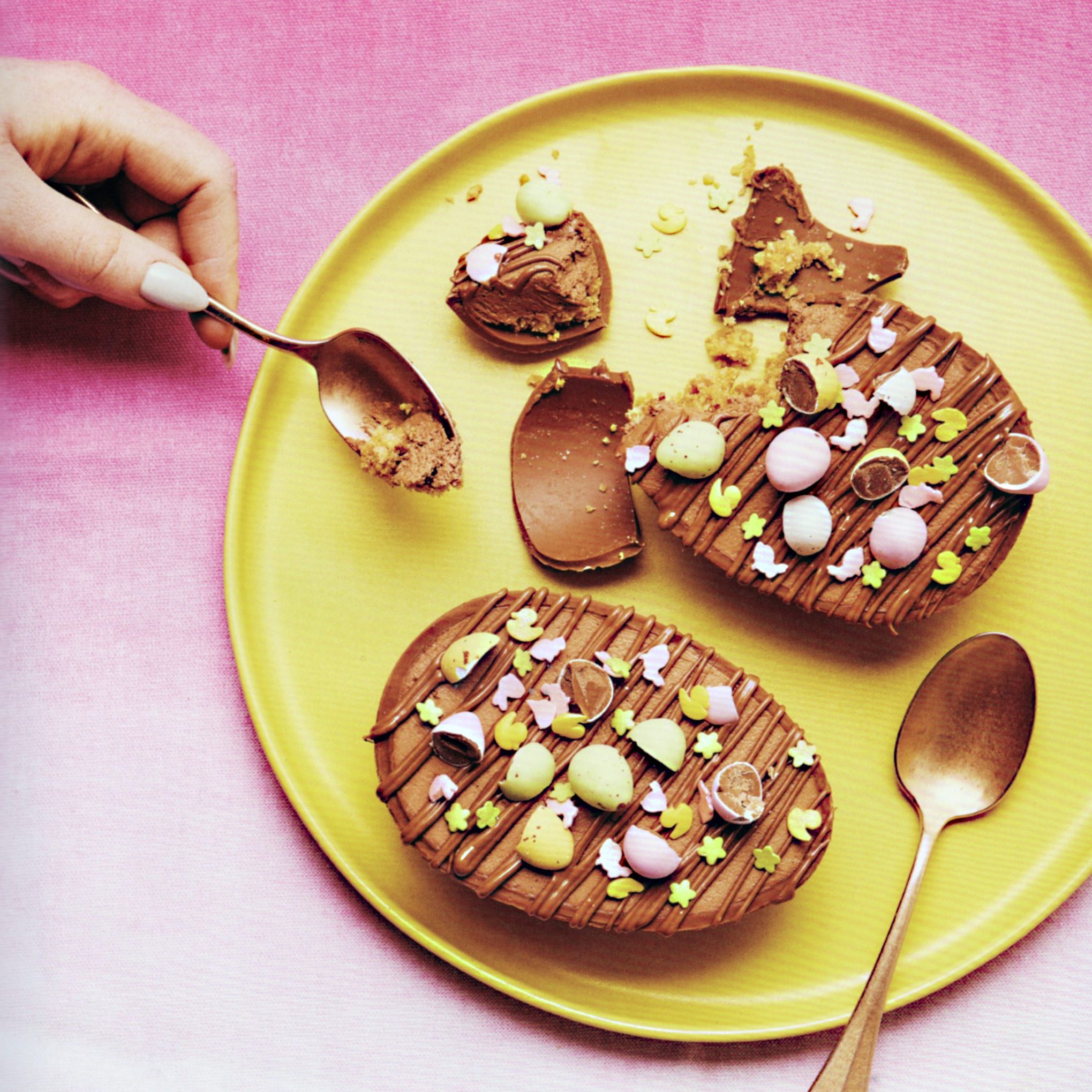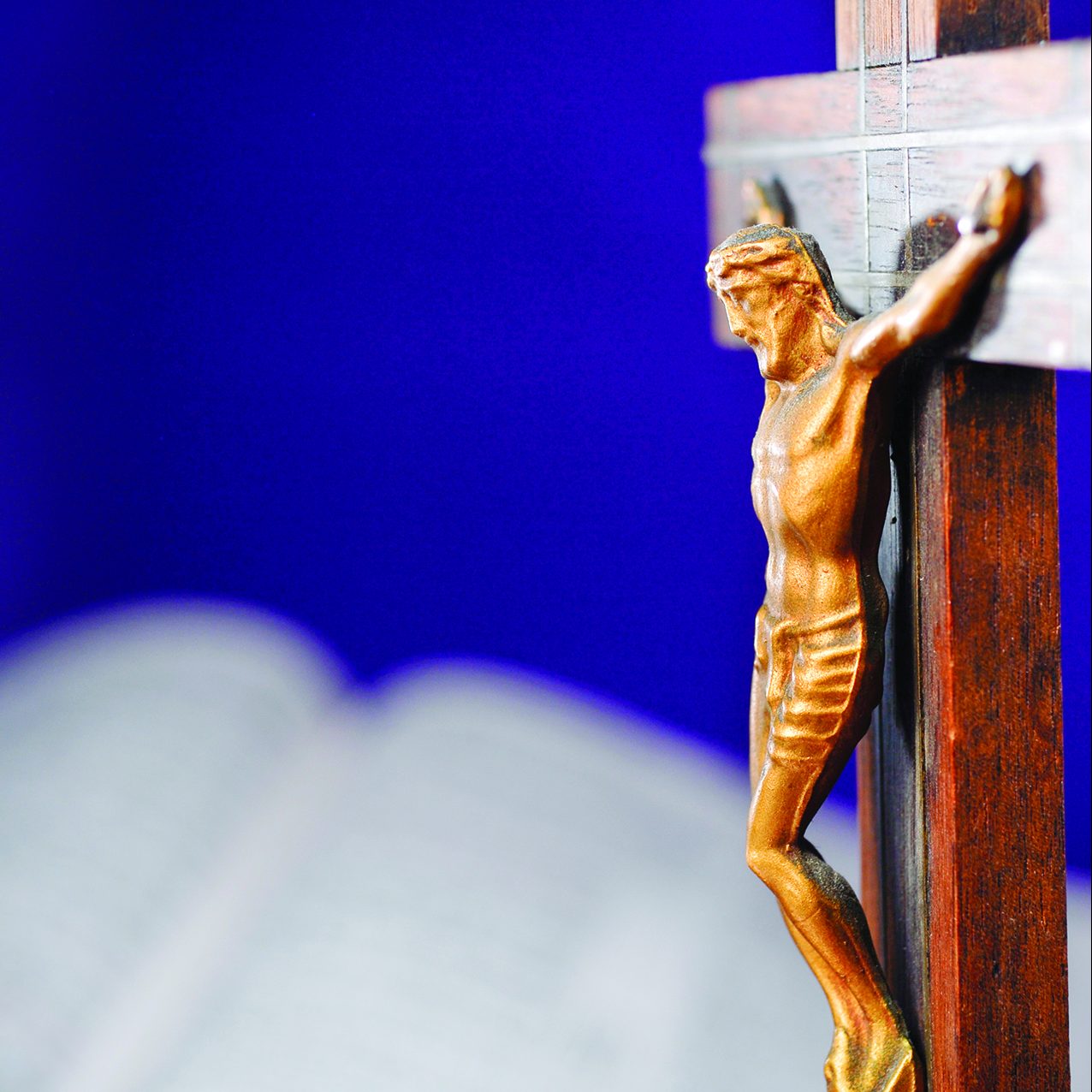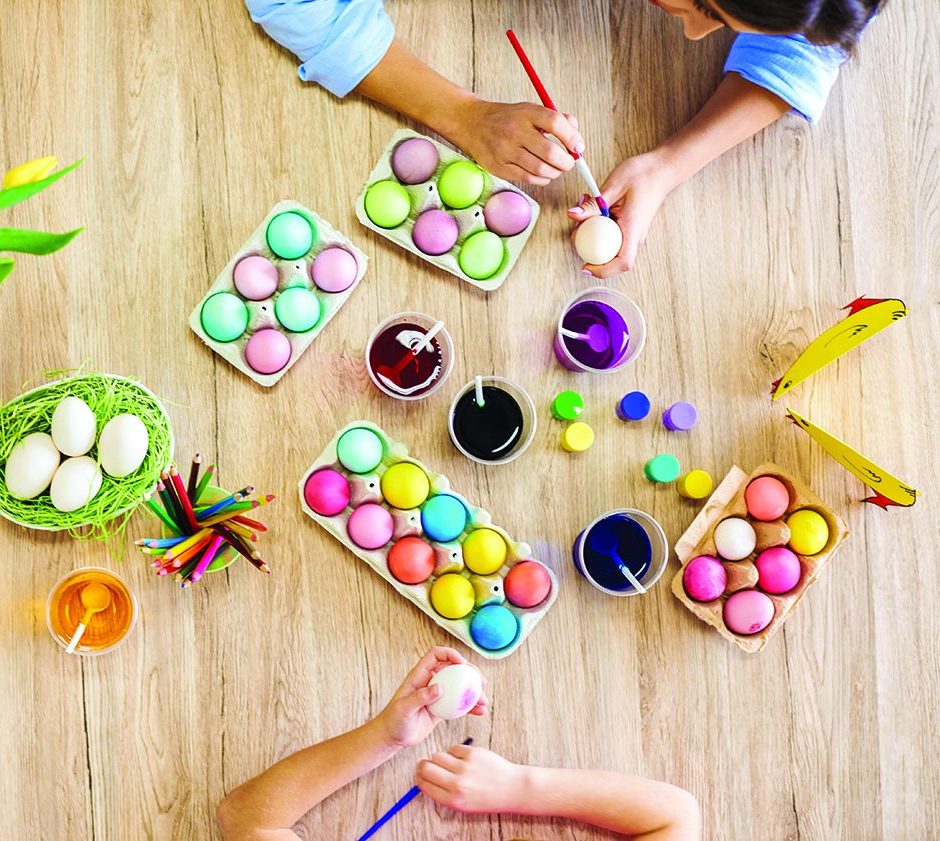Easter eggs in all their pastel glory come to mind when pondering an important holy day on the Christian calendar. Easter eggs are great to hide and fun to find, but when they come in the form of a tasty dessert, celebrations become that much more festive.
“No-Bake Cheesecake Eggs” are a confectionary twist on the chocolate eggs that are popular come Easter. Home chefs can have fun decorating and playing with the flavors of these treats. Try this recipe, courtesy of “Jane’s Patisserie Celebrate!” (Sourcebooks) by Jane Dunn.
No-Bake Cheesecake Eggs
Serves 2
Base
1 medium chocolate Easter egg
35 grams unsalted butter
75 grams digestive biscuits
Filling
200 grams full-fat soft cheese (such as cream cheese or neufchâtel), at room temperature
1/2 teaspoon vanilla extract
2 tablespoons icing sugar
100 milliliters double cream
25 grams cocoa powder
Decoration
50 grams milk chocolate, melted
Easter chocolates
Sprinkles
Base
Carefully split the Easter egg into two halves.
Melt the butter in the microwave in short bursts or in a small pan over a medium heat. In a food processor, blitz the biscuits to a fine crumb, add the melted butter and pulse a few times until the mixture is well combined.
Divide the mixture equally between the two halves of the Easter egg, and very gently press down, without breaking the shell.
Filling
In a large bowl, whisk the cheese, vanilla extract and icing sugar until smooth. Add the double cream and cocoa powder and whisk again until smooth and thickened. Divide the mixture evenly between the two Easter egg halves and smooth over as carefully as possible. Chill in the fridge for an hour or so until set.
Decoration
Drizzle the melted milk chocolate over the two halves and decorate with some Easter chocolates and sprinkles.






